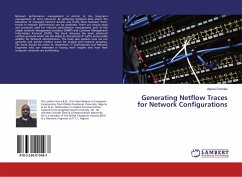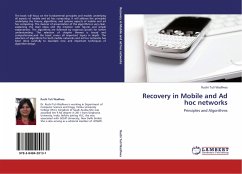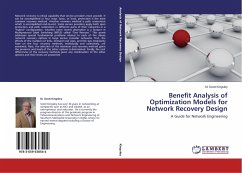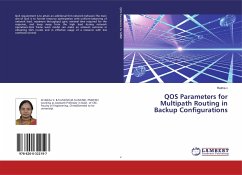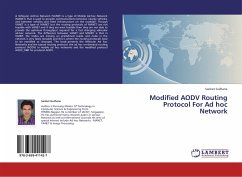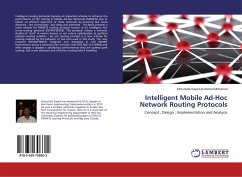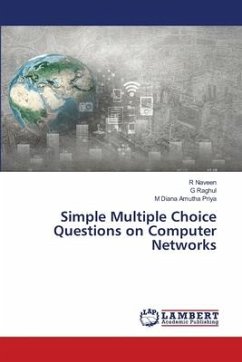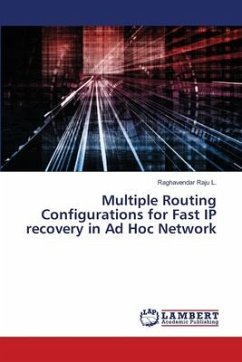
Multiple Routing Configurations for Fast IP recovery in Ad Hoc Network
Versandkostenfrei!
Versandfertig in 6-10 Tagen
29,99 €
inkl. MwSt.

PAYBACK Punkte
15 °P sammeln!
In recent years the Internet has been transformed from a special purposenetwork to a ubiquitous platform for a wide range of everyday communication services. The demands on Internet reliability and availability have increased accordingly. Disruption of a link in central parts of a network has the potential to affect hundreds of thousands of phone conversations or TCP connections, with apparent adverse effects. The ability to recover from failures has always been a central design goal of the Internet. IP networks are intrinsically robust since IGP routing protocols like OSPF are designed to upd...
In recent years the Internet has been transformed from a special purposenetwork to a ubiquitous platform for a wide range of everyday communication services. The demands on Internet reliability and availability have increased accordingly. Disruption of a link in central parts of a network has the potential to affect hundreds of thousands of phone conversations or TCP connections, with apparent adverse effects. The ability to recover from failures has always been a central design goal of the Internet. IP networks are intrinsically robust since IGP routing protocols like OSPF are designed to update the forwarding information based on the changed topology after a failure. This re-convergence assumes full distribution of the new link state to all routers in the network domain. When the further state information is distributed, each router individually calculates new valid routing tables.



